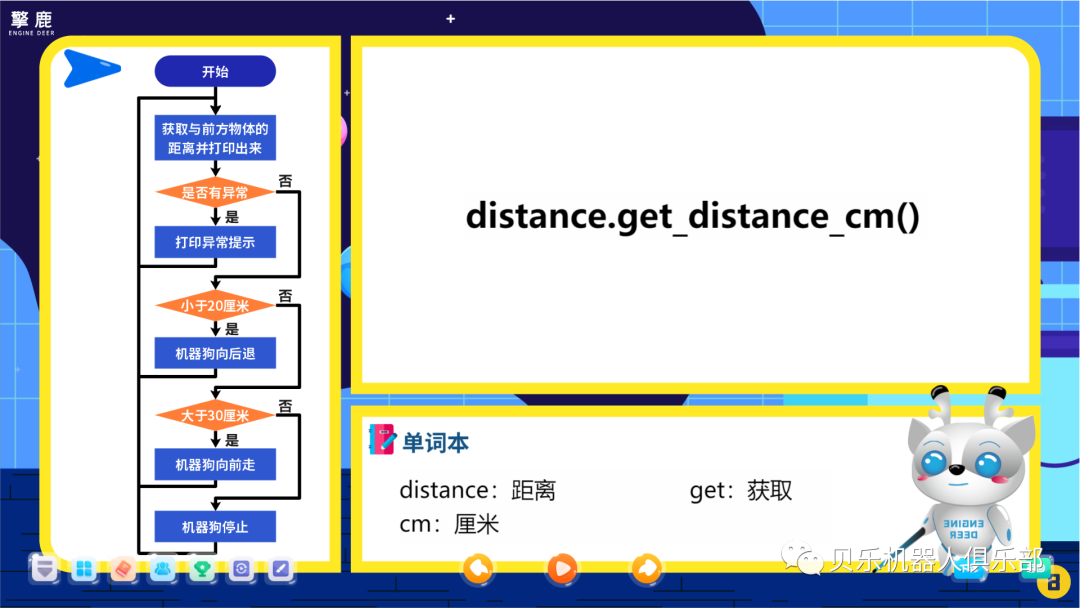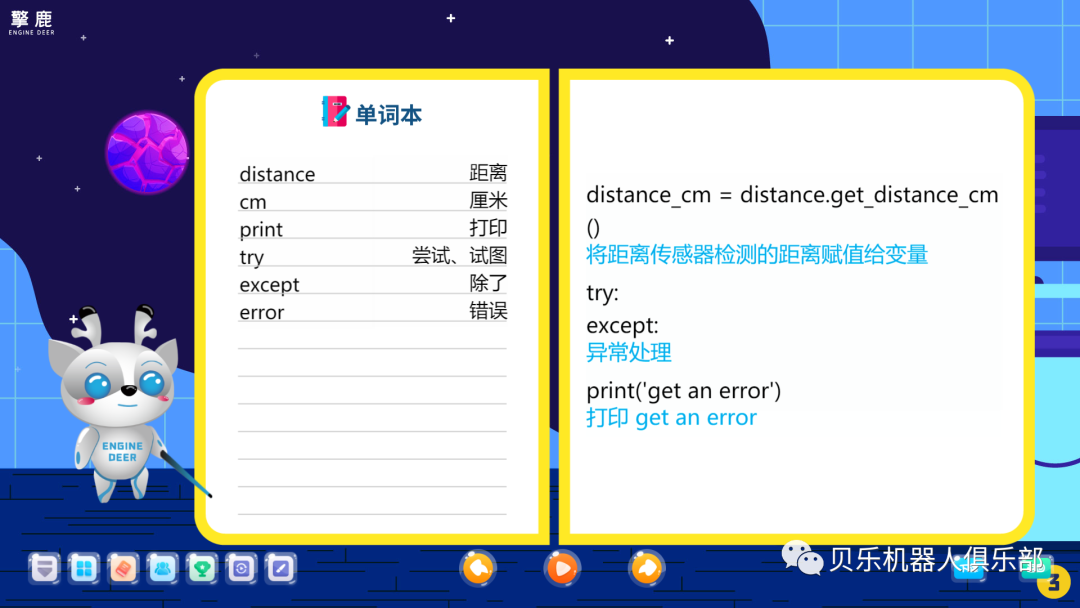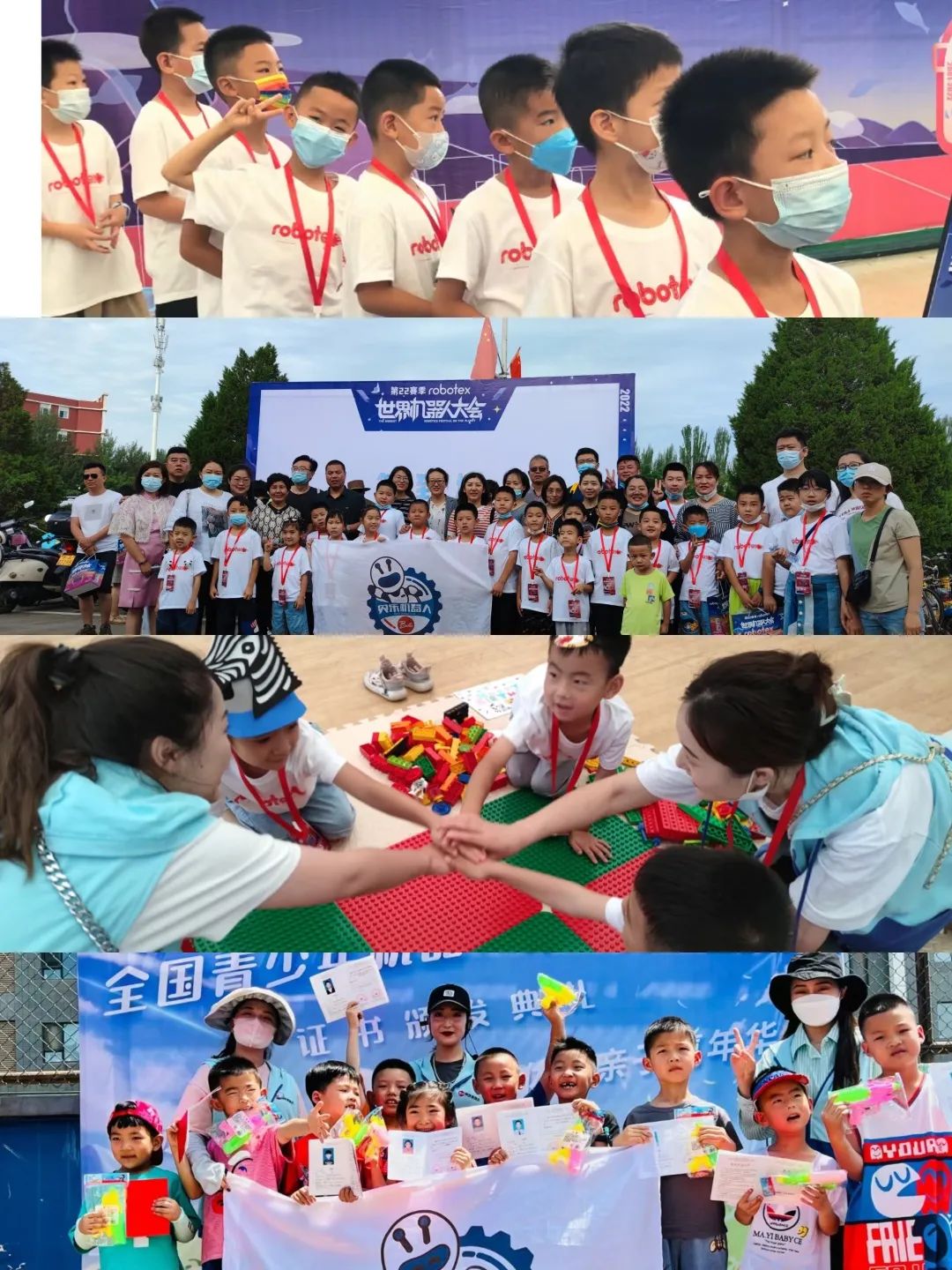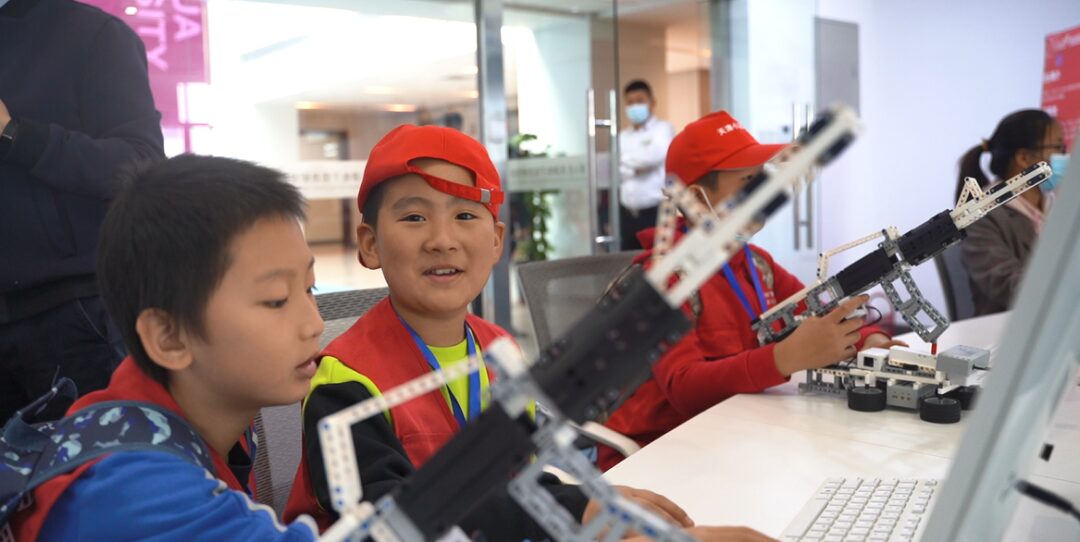
Robot Programming
If you want to get started with robot programming, you can approach it from the following aspects:
1. Understand the basic concepts of robot programming, such as sensors, motors, and artificial intelligence.
2. Choose a programming language suitable for you, such as C++, Java, or Python.
3. Learn the basic skills of robot programming, such as controlling the robot’s movement, processing sensor data, and developing artificial intelligence algorithms.
4. Try writing simple robot programs and test the code on real robots.
5. Continuously improve your robot programming skills by reading books on robot programming and participating in online courses.

Recommended Books
1. “Robot Operating System: A Practical Guide”: This book provides the basic knowledge of the ROS system, including how to install, configure, and use ROS.
2. “Robot Programming: From Basics to Practice”: This book covers the basic concepts of robot programming, such as sensors, motors, and artificial intelligence.
3. “Robotics: Modelling, Planning and Control”: This book introduces the basic concepts of robot modeling, planning, and control, making it a great resource for further learning in robot programming.
+
Methods for Learning Robot Programming

1. Learn the basics: First, understand the fundamental knowledge of robot programming, including programming languages, algorithms, and the principles of robot control. Mastering programming languages (such as Python, C++) and related development tools is crucial for understanding and implementing robot programs.
2. Learn about robot platforms: Choose a commonly used robot platform and dive into its documentation and tutorials. Understand the robot’s functions and features, and master how to operate its sensors and actuators for programming.
3. Write simple programs: Start with simple examples and write some basic program instructions, such as controlling the robot’s movement, sounds, lights, etc. This helps to understand programming syntax and the robot’s interface.
4. Solve problems and tasks: Apply the robot to real problems or tasks, such as line tracking, obstacle avoidance, and object grabbing. Solving problems and tasks can enhance programming skills and robot control techniques.
5. Participate in open-source communities: Join robot open-source communities to engage in discussions and share experiences. Communicate with other robot programming enthusiasts, learn from their experiences, and gain more resources and information about robot programming.
6. Practice projects and challenges: Try to participate in robot projects and competitions, which will expose you to more complex problems and environments, improving your programming skills and creativity.

Benefits of Robot Education

1. Better stimulate children’s interest and learning ability: Robots are practical products of integrated knowledge, and every child has a zero-resistance mindset towards technology education. Every child is curious, willing to try, and dares to explore various new things.
2. Help children be more observant and understand the scientific mysteries in life: Learning about robots applies various physics and mathematics knowledge, allowing children to understand why a robot is built this way, why certain functions are set for the robot, why this structure is more stable, and why programming follows a specific logical sequence. This helps children learn to think and connect with reality. Over time, they become more observant of life and discover various mysteries.
3. Encourage children to think proactively, discover, and solve problems: Children need to continuously discover and solve various problems in the process of creating robots. In this process, children will apply the various knowledge they have learned, reinforcing their skills through constant practice.
Q
What is Robot Programming?


Robot programming [robot programming] refers to the sequence of actions set to enable the robot to complete a specific task. The instructions for the robot’s movement and operations are controlled by programs, and there are two common methods of programming: teaching programming method and offline programming method. The teaching programming method includes teaching, editing, and trajectory reproduction, which can be achieved through teaching boxes and guided teaching. Due to its practicality and simplicity, most robots adopt this method. The offline programming method utilizes computer graphics results to establish geometric models with graphical processing tools and obtain operational planning trajectories through some planning algorithms. Unlike teaching programming, offline programming does not interact with the robot, allowing the robot to function normally during the programming process.
In summary, getting started with robot programming requires mastering some basic concepts, choosing a robot platform, learning programming languages, algorithms, and data structures, and continuously practicing and exercising. I hope these suggestions are helpful to you.
Summary
In conclusion, the programming mindset of simplifying complexity, abstracting problems, and integrating patterns can broaden children’s thinking and clarify their logic when encountering problems in life and learning. Learning programming is not just about acquiring a skill but also about learning the ability to solve problems. Additionally, programming can enhance children’s imagination, creativity, and subject abilities, benefiting them for a lifetime. Moreover, the government is increasingly emphasizing children’s programming education and gradually making programming a compulsory subject in primary and secondary schools.

